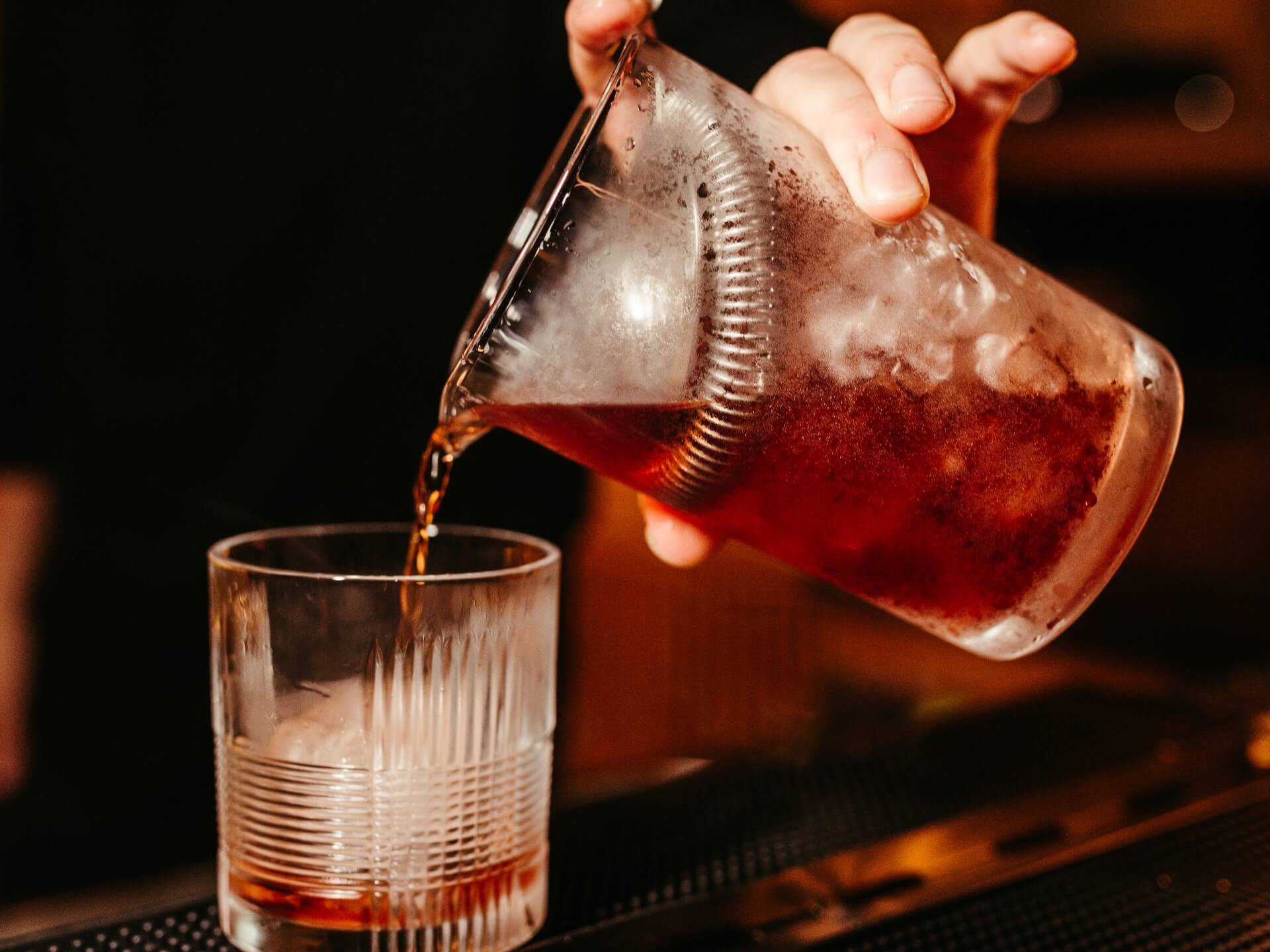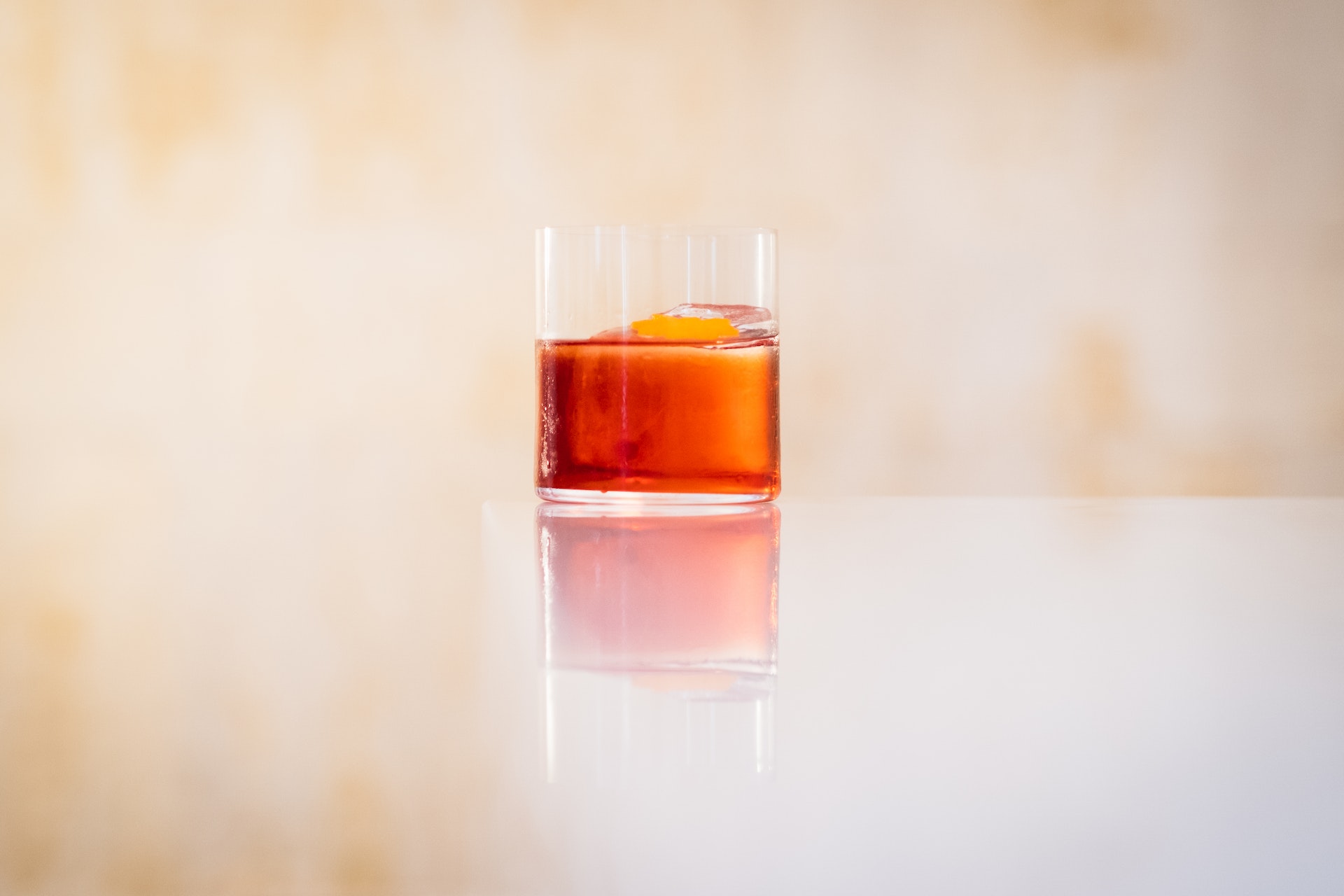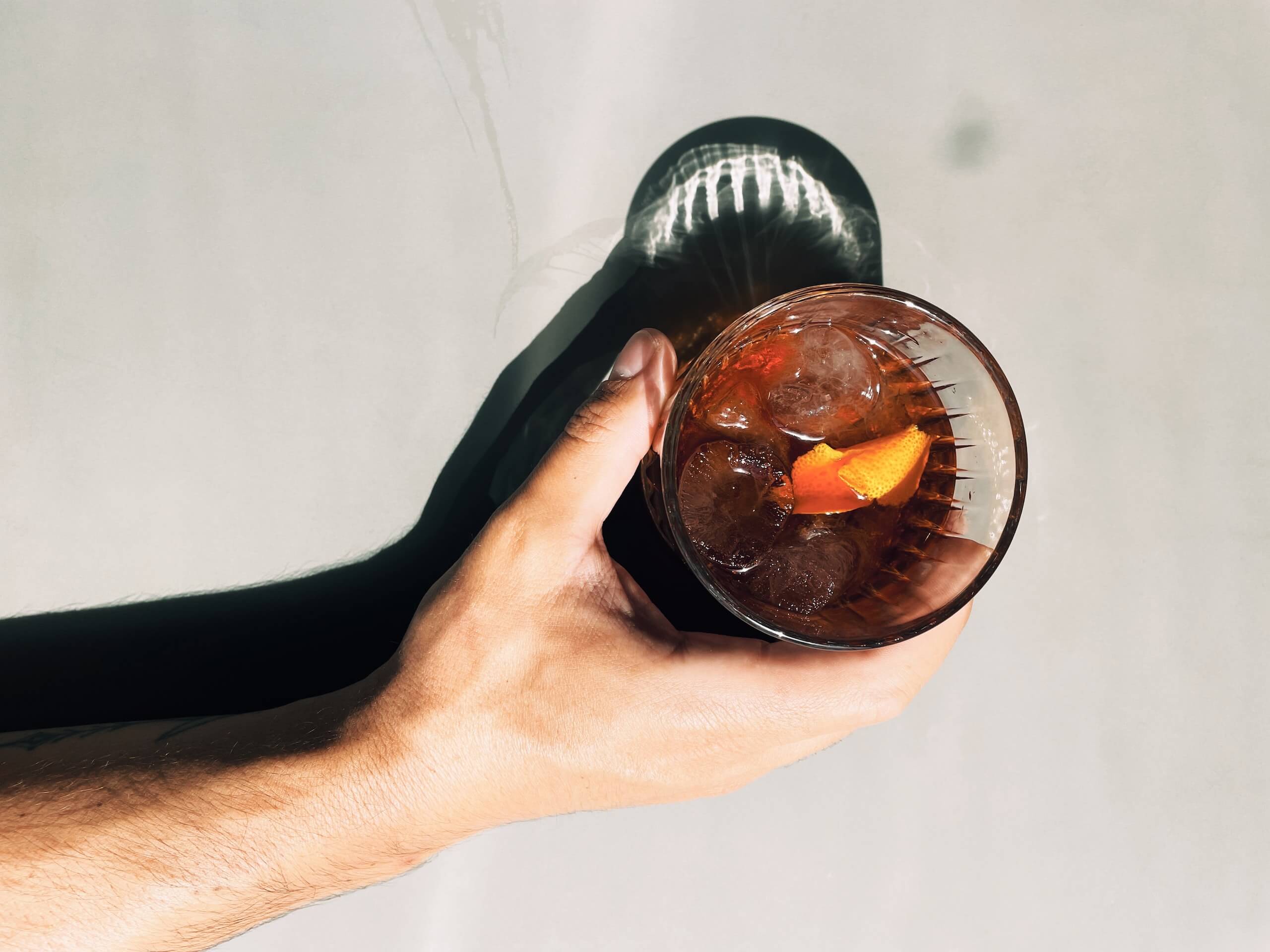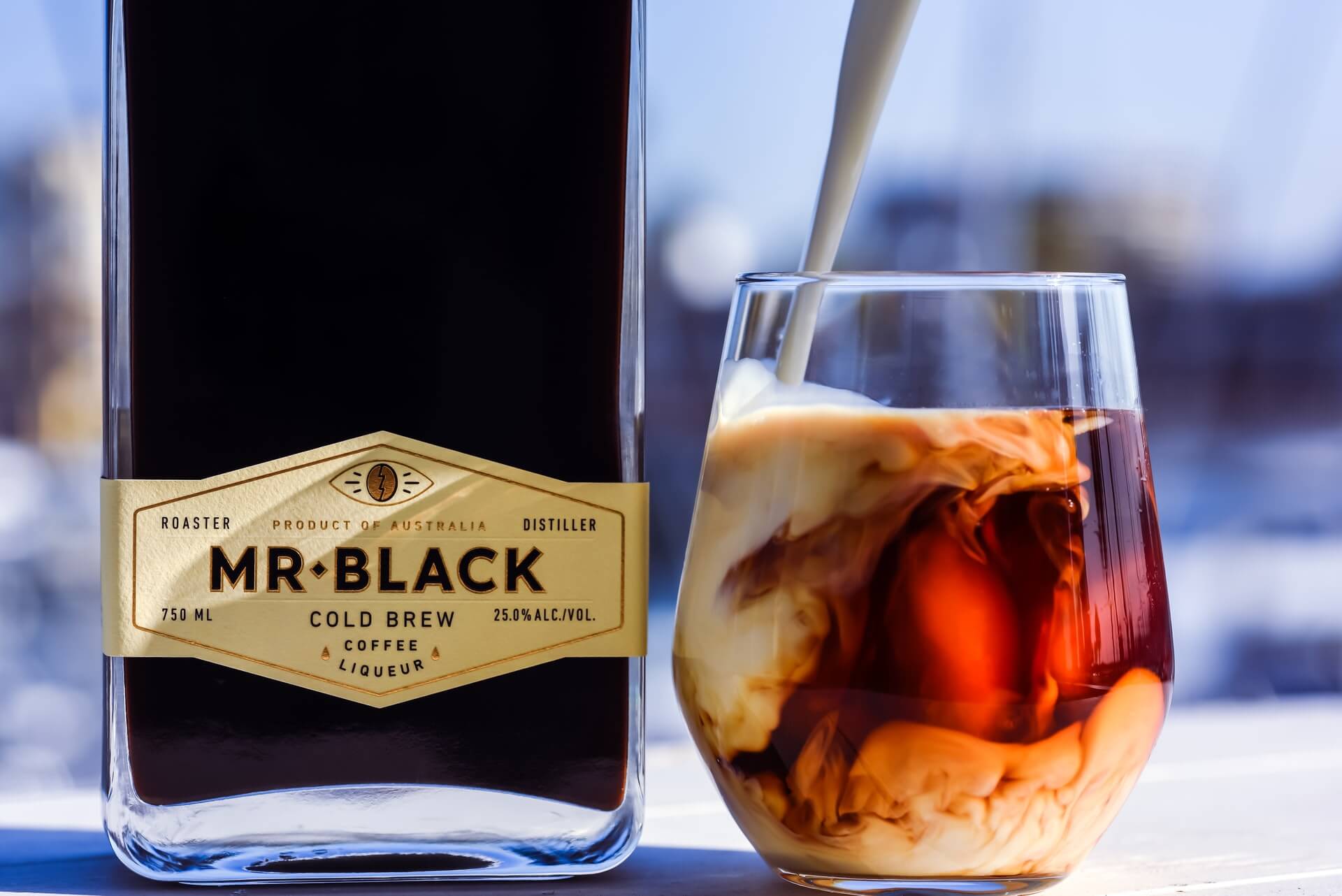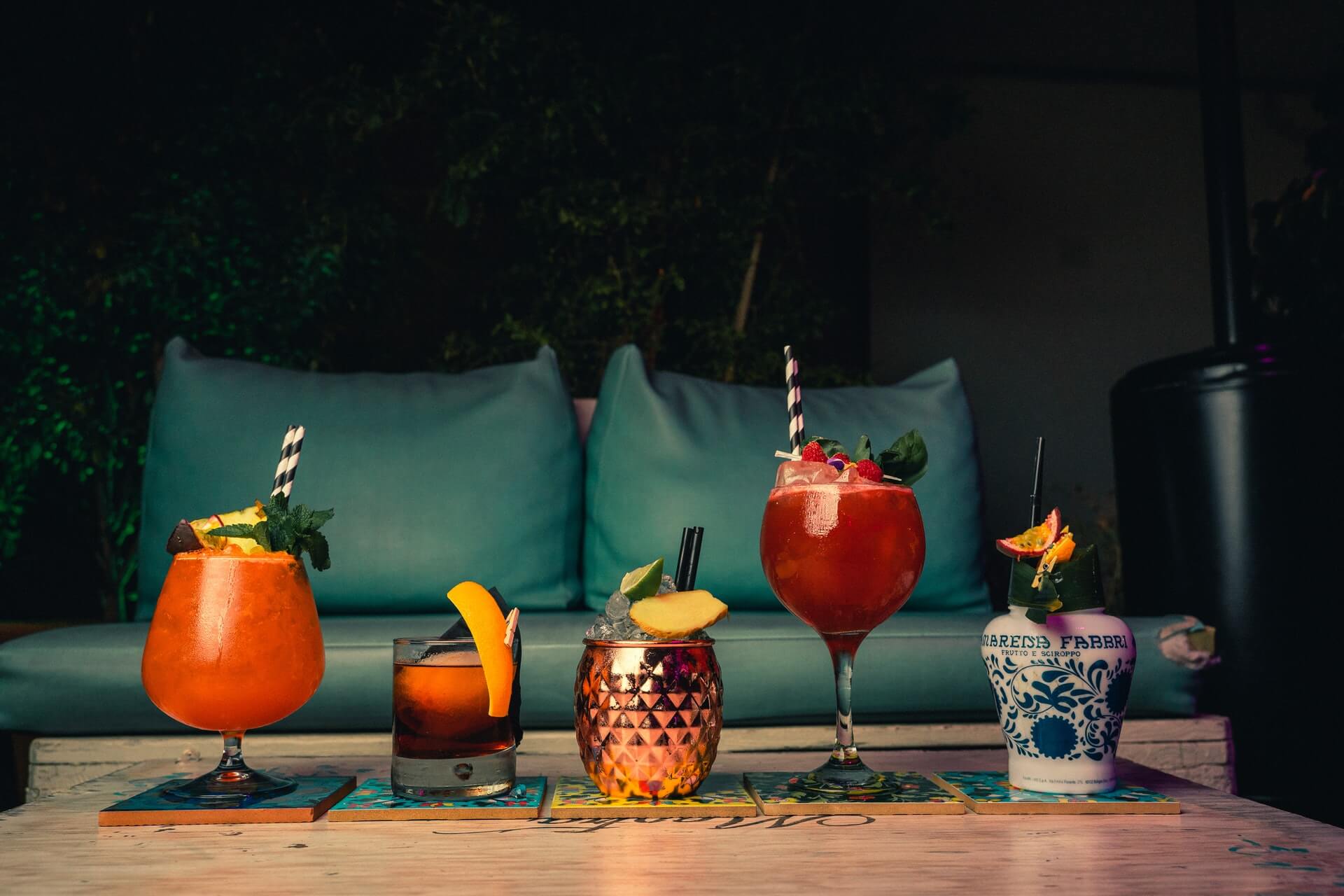The Negroni Sbagliato Enters the RTD Space
by David Klemt

Ideal for high-volume bars that serve guests with discerning tastes in ready-to-drink cocktails, Via Carota Craft Cocktails is launching a new line.
You may be familiar with Via Carota’s elegant bottle design and classic ready-to-pour drinks. However, if you’re new to this brand, they have a spectacular line of classic, premium RTDs (or RTPs, if you prefer):
- Old Fashioned
- Signature Manhattan
- Signature Martini
- Espresso Martini
- Classic Negroni
- White Negroni
Further, if the name seems familiar to you, there’s good reason. This line of cocktails is inspired by the West Village restaurant of the same name.
Featuring a new but no-less-elegant bottle design, Via Carota is introducing a sparkling range to their portfolio. Within this range are a Spritz, French 75, and Paloma. However, it’s the other two expressions in the line that have caught my eye.
You may recall that toward the end of 2022, a variant of a classic cocktail grabbed headlines at a furious pace. It seemed as though the Negroni Sbagliato was inescapable.
Well, that drink may not be spilling ink quite as much, but guests are still ordering it. So, Via Carota is serving up not just one but two Sbagliato variants. Alongside the aforementioned Spritz, French 75, and Paloma are the Negroni Sbagliato and White Negroni Sbagliato.
To learn more, review the official press release below. Salute!
Via Carota Craft Cocktails Announces New Sparkling Range
Ready-to-serve classics with fizz include Negroni Sbagliato, White Negroni Sbagliato, Spritz, Paloma and French 75
(May 14, 2024 – New York, NY) – Via Carota Craft Cocktails, the craft cocktail brand inspired by the eponymous West Village establishment, announces today a new range of single-serve, ready-to-pour sparkling cocktails.
Designed to be perfectly balanced and made for wherever life finds you, the new Sparkling Range features five refreshing, classic cocktails with lively fizz. The bubbly, bar-quality offerings are housed in stunning bespoke bottles and crafted to be enjoyed straight or served over ice – ideal for warm weather occasions, always with friends. The range includes:
-
Negroni Sbagliato: A bubbly riff on the classic Negroni, combining citrus and orange peel with herbaceous wine notes, for a long and fresh, effervescent finish.
-
White Negroni Sbagliato: A charming twist on the modern classic, this refreshing cocktail substitutes a white aperitivo in place of the traditional red, harmoniously marrying bitter and sweet for a complex cocktail.
-
Spritz: Vibrant in color, this bright, bittersweet, and zesty cocktail is approachable and full-flavored with complex herbal notes.
-
Paloma: Citrus notes and bespoke Blanco tequila combine sweet, sour and a touch of bitter for a bold cocktail with a crisp and bright finish.
-
French 75: A bright and complex classic with delectable notes of citrus and elderflower for a crisp and vibrant finish.
“We couldn’t be happier to share these sparkling expressions with consumers, just in time for summer,” said Chief Executive Officer, Bart Silvestro. “Via Carota Craft Cocktails was designed to elevate the at-home cocktail experience, and after the tremendous growth seen with the core range over the last year, this carefully crafted lineup pays homage to classic sparkling cocktails, with the bar-quality liquid that has become synonymous with our unique chef-to-shelf brand.”
The Via Carota Craft Cocktails Sparkling Range can be purchased as a 10-pack on DrinkViaCarota.com for $69, or as a 4-pack at select retailers for $24.99. Each 200ml bottle contains one sparkling cocktail at 11% ABV. The new Via Carota Craft Cocktails Sparkling Range joins the existing line of still, ready-to-serve cocktails launched in 2023, which includes Classic Negroni, White Negroni, Old Fashioned, Signature Manhattan, Espresso Martini and Signature Martini. For affiliate, visit ShareASale for 20% when joining in-network and/or via Skimlinks.
ABOUT VIA CAROTA CRAFT COCKTAILS
Elevated, classic recipes meet bar cart-worthy packaging to offer a cocktail experience like no other. Via Carota Craft Cocktails (VCCC) was created to bottle the warmth and relaxed elegance of the beloved West Village restaurant, allowing you to enjoy a perfectly balanced craft cocktail, wherever life finds you. VCCC’s core range of craft cocktails currently includes the following: Classic Negroni, White Negroni, Old Fashioned, Signature Manhattan, Espresso Martini and Signature Martini. The Sparkling line includes the following: Negroni Sbagliato, White Negroni Sbagliato, Spritz, Paloma and French 75, with additional cocktails and formats to come.
Image: Via Carota Craft Cocktails


